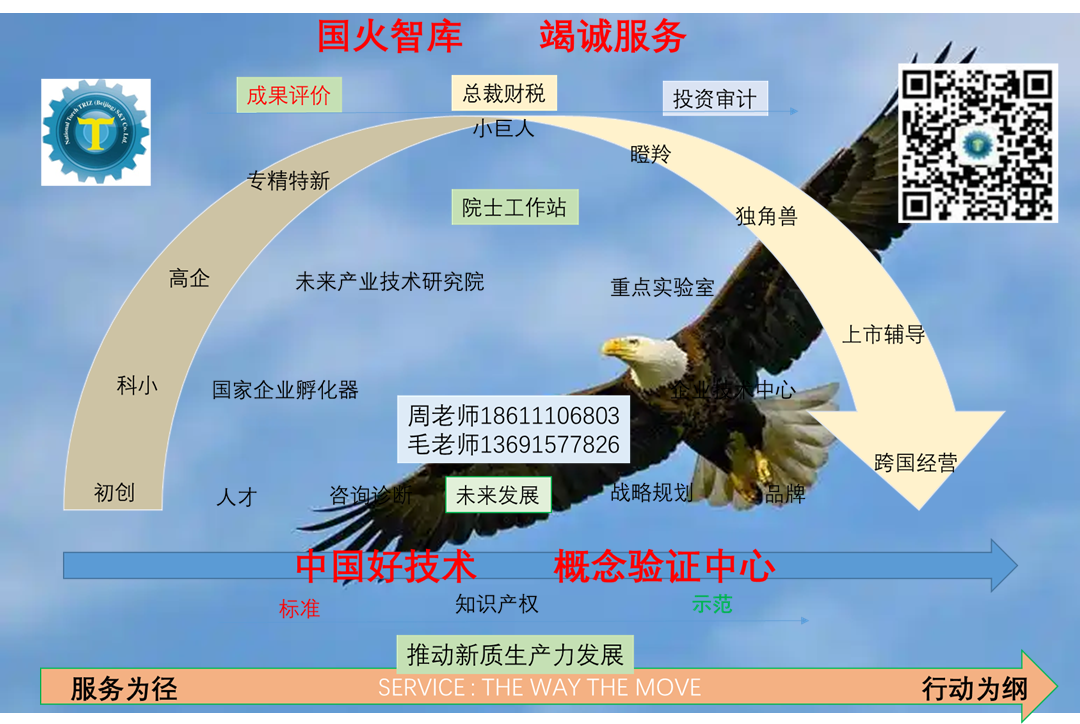Major Development! The Birth of a 400 Billion Yuan ‘Chip Aircraft Carrier’ Changes the Landscape of Domestic Computing Power
The first case of “subsidiary merging with parent” in A-shares! Haiguang Information merges with Zhongke Shuguang!
On June 10, a highly anticipated merger, the first case of “subsidiary merging with parent” in A-shares, was born! The new chip giant Haiguang Information absorbed and merged its “parent” shareholder Zhongke Shuguang at a share exchange ratio of 0.5525:1.
Reasons for the Strong Alliance
The global technology competition continues to intensify, highlighting the importance of domestic computing power supply.
Currently, the domestic computing power industry chain is relatively fragmented due to its late start, making it urgent to ensure the security of the industrial chain and supply chain and to enhance system innovation capabilities.
As a leader in domestic x86 architecture CPUs and DCUs (Data Computing Units), Haiguang Information’s products cover high-computing scenarios such as cloud computing and artificial intelligence, with a year-on-year revenue growth of 50.76% in the first quarter of 2025 and a net profit increase of 75.33%.
Zhongke Shuguang has been deeply involved in high-end computing, storage, and data center fields for many years, with its server products occupying a significant share in key industries such as government, research, and finance, achieving a revenue of 13.148 billion yuan in 2024.
The two companies already have a strong capital bond. Zhongke Shuguang is not only the founder of Haiguang Information but also its largest shareholder. In 2024, Haiguang Information sold 3.68 billion yuan worth of goods to related parties (mainly Zhongke Shuguang), accounting for 40.26% of its total revenue.
From “Chip” to “Cloud” Strategy
The core value of this reorganization lies in achieving deep integration of the industrial chain:
Chip design phase: Haiguang Information focuses on CPU/DCU chip design, with a domestic server CPU market share of 53.6%; complete machine manufacturing phase: Zhongke Shuguang provides server, liquid cooling technology (PUE<1.05), and intelligent computing center solutions; computing power service phase: Zhongke Shuguang’s cloud platform has over 2 million users, covering 90% of provincial government cloud channels…
Previously, due to independent operational structures, the technical collaboration between the two parties was mostly limited to procurement cooperation. After the merger, Haiguang’s CPU/DCU chips can be directly and deeply adapted to Zhongke Shuguang’s server systems, reducing adaptation costs by 15%-20% and accelerating product iteration speed.
Reshaping the Market Landscape
The newly merged entity will reshape the market landscape of domestic computing power.
In the government market, leveraging Zhongke Shuguang’s channel advantages in government cloud, the new company can rapidly expand in the information technology field.
In the financial and energy sectors, Haiguang chips have integrated national secret algorithms, combined with Shuguang’s secure storage services, enabling full-chain autonomy in sensitive areas.
In the AI computing power market, with the exponential growth in computing power demand from AI large models (such as DeepSeek), the new company is expected to seize a leading position in the domestic AI chip market.
This layout is aligned with the vertical integration model of international giants like Intel and NVIDIA, aiming to break the long-standing dependence on imports in the domestic high-end computing field.
Response to National Strategy
This reorganization enjoys policy support and aligns with the “New National Nine Articles” and “Xinchuan 2.0” policy directions, benefiting from a “green channel” for mergers and acquisitions (with a lock-up period optimized to 6+18 months). As the first listed company merger transaction after the revision of the “Management Measures for Major Asset Restructuring of Listed Companies” on May 16, it holds significant demonstrative meaning.
On the other hand, it aligns with national strategies, responding to the “East Data West Computing” strategy, and strengthens the autonomy of domestic computing power infrastructure. The dual drive of policy and capital provides strong support for this reorganization. In the macro context of Sino-U.S. technological competition, this merger holds greater strategic significance.
Challenges Ahead on the Future Journey
Although the merger between Haiguang and Shuguang seems perfect, the development path after integration still faces multiple challenges.
In terms of management culture integration, there are differences between Haiguang’s technology research and development orientation and Shuguang’s state-owned enterprise background, which may require a 3-5 year adjustment period; in terms of supply chain risks, geopolitical factors may affect production continuity. These challenges will test the management’s integration wisdom.
If the integration goes smoothly, the newly merged company will open up significant growth space: in the short term, it can leverage channel integration, expecting to reduce the sales expense ratio by 3-5%, releasing billions in profit space; in the long term, it is expected to challenge NVIDIA and AMD’s monopoly in the AI computing power field, increasing global market share to over 15%. This will impact the transformation of the industry paradigm.
In recent years, NVIDIA’s acquisition of Mellanox has strengthened data center networks, Arm’s acquisition of Ampere has bolstered semiconductor business, and ZTE’s acquisition of ZTE Microelectronics has enhanced 5G chip research and development. This reorganization may initiate a new wave of vertical integration in the technology industry, promoting more chip, server, and software companies to achieve resource integration through restructuring.
As industry experts have said: under the global trend of major mergers and acquisitions among technology companies, this is a necessary path for domestic hard technology to “band together to break through”.
This reorganization is not only a strong alliance between two companies but also marks the beginning of a new era of strategic upgrade for China’s computing power industry from “individual combat” to “systematic operations”. (Zheng Zhaowen)
